|
This article in our series focused on Microsoft’s free security tools is on the Security Development Lifecycle (SDL) Threat Modeling Tool.
0 Comments
In the Previous Post, I've explained how to setup Palo Alto VMs in the same resource group including the network configuration and other configuration.
In this post, I will explain how to configure the Active and Passive Node from Azure side Take a Look on the below design which is shared on Palo Alto Portal, as we will follow almost the same One of my customers has requested to deploy HA Palo Alto Firewalls on Azure, and since that time I suffered multiple time as I didn't find enough resources explaining the same so I decided to write this post and share my experience with everyone Before I start I will explain the current Azure architecture Design I have. The below design explaining Microsoft best practices for deploying resources across Subscriptions and VNETs
read more : https://docs.microsoft.com/en-us/azure/cloud-adoption-framework/migrate/azure-best-practices/migrate-best-practices-networking As We’re living in a Multi-Cloud World which is Growing Applications, Databases, Virtual Machines, Serverless and Containers. at the same time, customer environments are increasingly complex Multi-Cloud Environment Microsoft Azure AWS and Google Cloud With Azure Arc you can simplify complex and distributed environments across on-premises, edge, and multicloud. Azure Arc helps you extend Azure management to any infrastructure and enables deployment of Azure data services anywhere 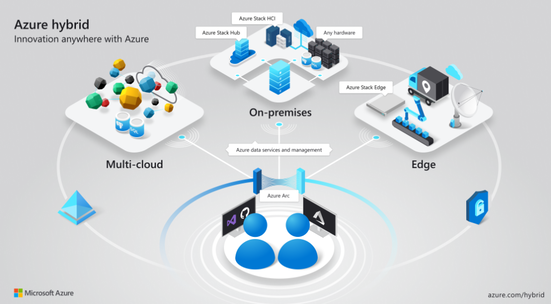 This guide will provides prescriptive guidance and deployment strategy, we will start this guide by explaining how to secure your data
Azure Firewall is a managed, cloud-based network security service that protects your Azure Virtual Network resources. It's a fully stateful firewall as a service with built-in high availability and unrestricted cloud scalability.
As I haired from a few customers that Azure firewall is a little bit expensive! and some of them they don't have a budget for test/dev environment,as it cost (approximately $100 monthly, per appliance). This price gets compounded if you need to deploy multiple Azure Firewall appliances per regional VNet In this post we will explain how to deploy FortiGate NGFW for Azure, you can deploy the FortiGate for Azure as a virtual appliance in Azure cloud (infrastructure as a service) |
Author
Mohammad Al Rousan is a Microsoft MVP (Azure), Microsoft Certified Solution Expert (MCSE) in Cloud Platform & Azure DevOps & Infrastructure, An active community blogger and speaker.
Al Rousan has over 8 years of professional experience in IT Infrastructure and very passionate about Microsoft technologies and products. Top 10 Microsoft Azure Blogs
Archives
September 2023
Categories
All
|
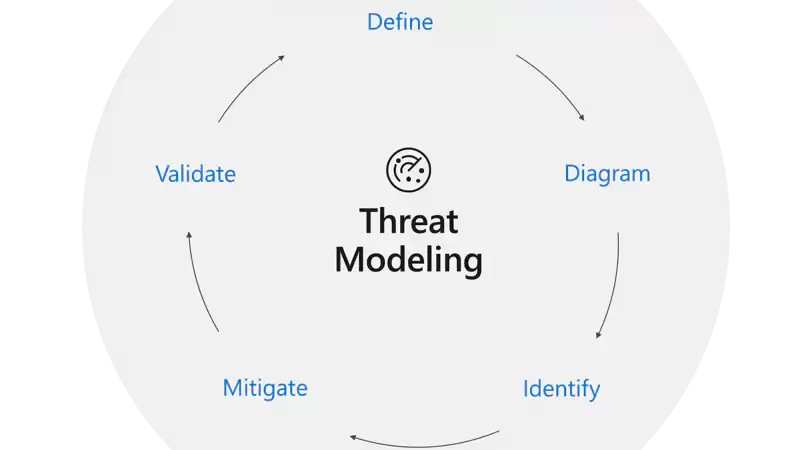
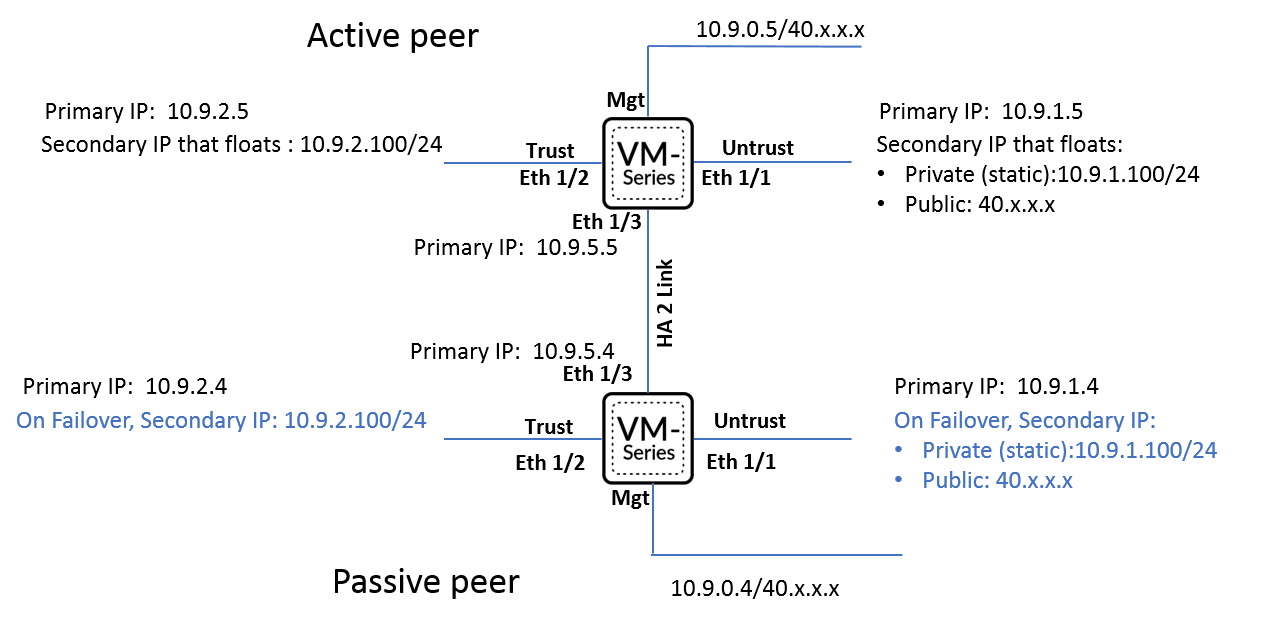
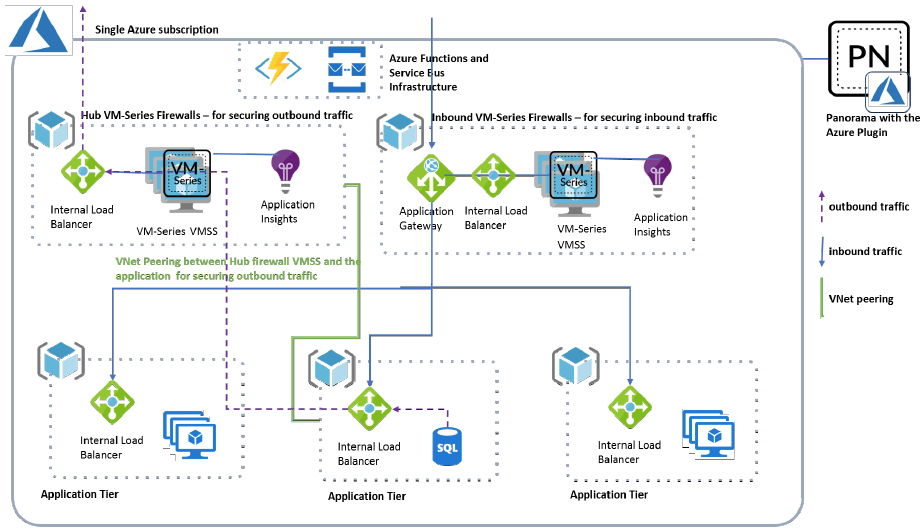
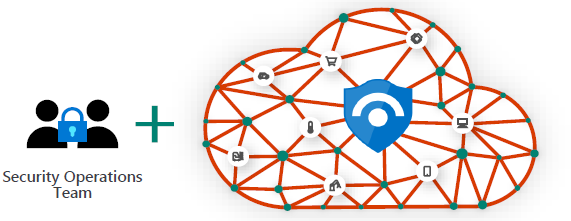

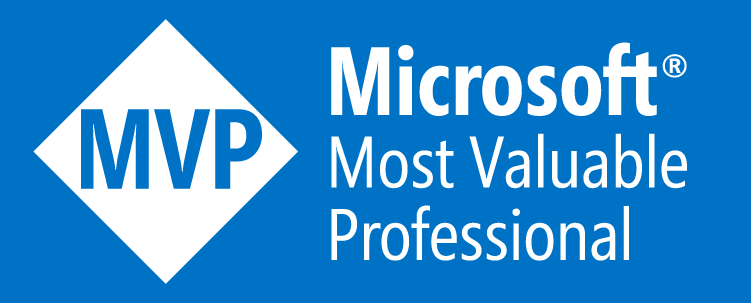

 RSS Feed
RSS Feed
